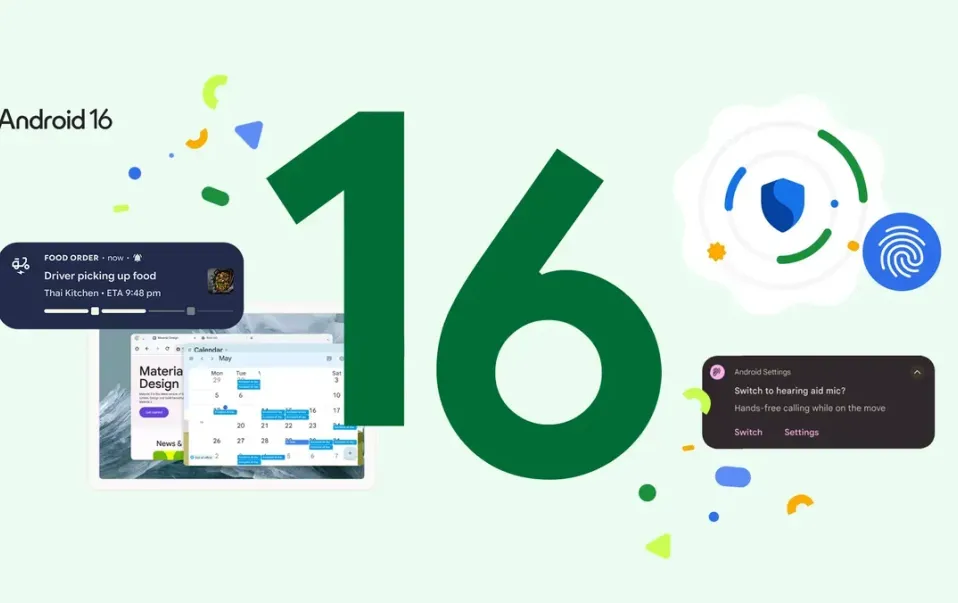16 July 2025

Android 16 (API level 36) was officially released on June 10, 2025. The update focuses on adaptive UI, improved navigation, and stronger system-wide consistency across devices like phones, tablets, foldables, Chromebooks, and cars. Users can expect more seamless transitions, consistent edge-to-edge visuals, and smoother back gestures throughout the system.
If your app is on the Play Store, now is a good time to review these changes and plan for the necessary updates.
Google requires all Play Store app updates to target at least SDK 35 (Android 15) by the end of August 2025. This is a fixed deadline.
Since Android 16 is already released, we recommend preparing for SDK 36 now. Supporting the latest version early helps your app stay compatible with modern devices and system behaviours.
Here is a breakdown of the major and most common changes that will affect your app when targeting Android 16.
Starting with SDK 36, the system no longer allows apps to opt out of edge-to-edge rendering. The previous opt-out flag is ignored. This change affects how your app draws behind the status bar, navigation bar, and gesture areas.
What to do:
– Review how your layout handles insets and gestures.
– Make sure backgrounds extend fully and that padding is handled correctly.
– Test in both light and dark modes to avoid visual issues.
Android 16 introduces predictive back gestures as the default. The system animates a preview of what will happen when the user swipes back. This means the old `onBackPressed()` method will no longer be triggered.
What to do:
– Move to the new OnBackInvokedCallback API.
– You can temporarily disable the new back gesture with a manifest flag, but this will be removed in future versions.
For screens that are 600dp wide or larger, the system now ignores flags like screenOrientation, resizableActivity, and setRequestedOrientation(). The goal is to promote adaptive layouts.
What to do:
– Review how your app behaves on tablets, foldables, and large displays.
– Handle rotation using stateful UI components.
– If needed, a compatibility flag exists but will be removed in a future release.
Android 16 introduces stricter rules for intent redirection. If your app launches other components using Intents, these may now be blocked unless declared explicitly.
What to do:
– Audit your use of Intents.
– If necessary, use the compatibility flag to temporarily disable this validation.
Android 16 is already out and brings several changes that require attention. While the current priority is to meet the SDK 35 deadline, it makes sense to prepare for SDK 36 at the same time. Doing so now reduces future work and helps keep your app competitive. If you’re unsure how these changes apply to your app, or would like a review, get in touch. We’ll guide you through the process and help you plan what needs to be done.
Latest Blog Posts //